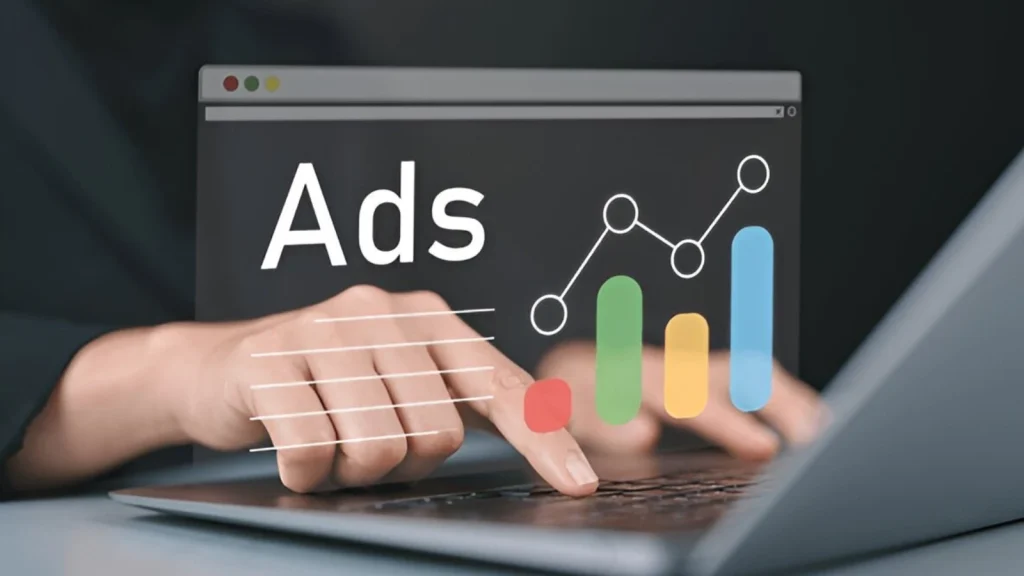The digital advertising landscape has rapidly evolved, and with it, Programmatic Advertising has taken center stage. In this realm, the debate continues between two key approaches—AI-driven automated bidding and traditional manual bidding. As brands seek maximum ROI, a deeper understanding of these bidding strategies becomes crucial.
What is Manual Bidding in Programmatic Advertising?
Manual bidding refers to the process where advertisers set bid amounts themselves for specific ad placements. Complete control is offered over budget allocation, targeting, and campaign pacing. However, this method requires constant monitoring and a strong understanding of market dynamics.
Maximize your ad performance, choose the right bidding strategy with programmatic advertising today!
Manual bidding is often chosen when advertisers want precision or when campaigns are smaller and more controlled. Despite the level of control, human error and time consumption make it a challenging choice for large-scale Programmatic Advertising efforts.
How AI Bidding is Transforming Programmatic Advertising
AI bidding, also known as automated bidding, uses machine learning algorithms to adjust bids in real time. User behavior, historical data, and engagement signals are analyzed continuously to determine the most effective bid.
In Programmatic Advertising, AI bidding helps advertisers make smarter decisions without manual intervention. This method ensures optimized ad delivery based on performance, time of day, and audience segments—boosting overall campaign efficiency.
Comparing the Two: Efficiency and Performance
1. Speed and Scalability
AI bidding offers unmatched speed in decision-making and can handle massive volumes of data within seconds. It allows campaigns to be launched, adjusted, and optimized simultaneously across multiple platforms and audience segments without human intervention. This scalability ensures that advertisers can target larger audiences and manage dozens or even hundreds of campaigns with minimal effort. In contrast, manual bidding requires ongoing human monitoring and manual adjustments, which makes it difficult to keep up with real-time changes. As a result, it becomes increasingly inefficient and unmanageable as campaign complexity or size grows.
2. Precision and Control
Manual bidding gives advertisers complete control over individual keyword bids, placements, and budget distribution. This can be particularly useful when targeting a niche audience or testing specific strategies that rely on unique market insights. However, this level of control also demands continuous oversight and expertise. On the other hand, AI-driven bidding uses machine learning to analyze millions of data points in real time—such as user behavior, time of day, device type, and conversion likelihood. Although AI may lack emotional or intuitive human judgment, its ability to adapt and optimize based on performance metrics makes it highly accurate and consistent over time.
Learn More: Can Programmatic Advertising Really Replace Human Media Buyers?
3. Cost and ROI
When it comes to cost-efficiency, AI bidding tends to outperform manual bidding by dynamically adjusting bid amounts based on performance indicators like click-through rate, conversion rate, and audience engagement. This minimizes wasted ad spend and improves return on investment (ROI) by ensuring that every dollar is allocated where it’s most likely to deliver results. Manual bidding, however, relies heavily on guesswork and historical performance data, which can quickly become outdated. If not regularly monitored and updated, manual bids can lead to overbidding on underperforming placements or missing out on valuable opportunities—both of which can negatively impact overall ROI.
Why AI is Becoming the Preferred Choice in Programmatic Advertising
In recent years, AI has become the preferred method in Programmatic Advertising due to its ability to deliver better results with minimal effort. Campaigns run with AI bidding are more adaptive and aligned with audience behavior patterns. The system “learns” what works best and adjusts accordingly—something manual setups struggle to achieve.
Moreover, AI helps reduce human error, ensures faster decision-making, and maintains campaign performance even during off-hours. For advertisers looking to scale or manage multiple campaigns, AI-driven bidding becomes a game-changer.
When Manual Bidding Still Makes Sense
Although AI dominates most aspects of Programmatic Advertising, there are cases where manual bidding still holds value. Niche campaigns, specific product launches, or experimental ad sets may benefit from manual adjustments. Advertisers with deep market knowledge might prefer having direct control in such scenarios.
However, even in these cases, a hybrid model (where AI is used for broader campaigns and manual bidding is reserved for niche efforts) can offer the best of both worlds.
Conclusion: What’s Best for Programmatic Advertising?
When it comes to choosing between AI and manual bidding, the answer lies in campaign goals and available resources. While manual bidding offers control, AI brings efficiency and scale. For most modern campaigns, especially in dynamic markets, AI has proven to be more effective and resource friendly.
In the world of Programmatic Advertising, automation is not just a trend—it’s the future. Businesses aiming for growth, precision, and ROI are increasingly turning toward AI bidding to stay competitive.
FAQs
Q1. What is programmatic advertising?
Programmatic advertising is the automated buying and selling of digital ad space using real-time data and algorithms, often involving AI for improved targeting and performance.
Q2. Is manual bidding better than AI in programmatic campaigns?
Not necessarily. Manual bidding offers more control, but AI provides better efficiency, scalability, and real-time optimization.
Q3. Can AI bidding replace all manual bidding strategies?
While AI is ideal for most campaigns, manual bidding may still be useful for niche or experimental campaigns where specific targeting is required.
Q4. How does AI improve ROI in programmatic advertising?
AI adjusts bids in real-time based on performance data, which leads to more cost-effective spending and better ad placements.
Q5. Is AI bidding suitable for small businesses?
Yes, AI bidding can help small businesses optimize limited budgets and reduce the time spent on campaign management.
Visit eRGADX.com to power up your programmatic advertising strategy today!

